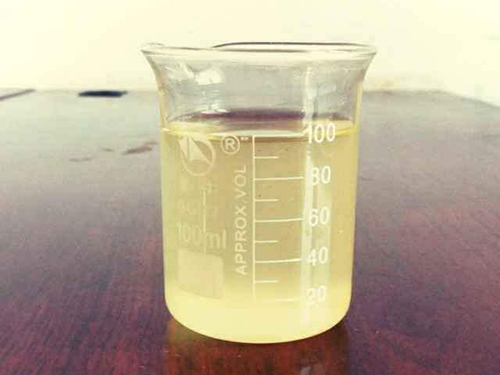isothiazolinone uses
Understanding Isothiazolinone Uses An In-Depth Analysis
Isothiazolinones are a class of organic compounds characterized by a five-membered ring structure containing both nitrogen and sulfur. Known primarily for their potent biocidal properties, these compounds are widely employed in various industrial and consumer applications. As we delve deeper into the uses of isothiazolinones, we will explore their significance in different sectors, their efficacy as preservatives, and key considerations regarding safety and environmental impact.
Applications in Consumer Products
One of the most prevalent uses of isothiazolinones is in the formulation of personal care products. They are often integrated as preservatives in cosmetics and toiletries, ensuring that products remain free from microbial contamination throughout their shelf life. Common products containing isothiazolinones include shampoos, conditioners, lotions, and sunscreens. Their effectiveness in low concentrations makes them a preferred choice for manufacturers aiming to extend the longevity of their products without compromising safety.
In addition to personal care, isothiazolinones are also found in household products such as detergents, cleaners, and paints. These compounds act effectively against a broad spectrum of microorganisms, including bacteria, fungi, and yeast, making them invaluable in maintaining product stability and hygiene. For example, in household cleaning solutions, isothiazolinones help prevent the growth of bacteria that could otherwise spoil the product, thereby improving its performance.
Role in Industrial Applications
Beyond consumer products, isothiazolinones play a vital role in various industrial applications. They are commonly used as biocides in cooling towers, papermaking processes, and oilfield applications. In the paper industry, they help prevent biofouling during the production process, ultimately improving the efficiency and quality of the paper. In cooling water systems, these compounds inhibit the growth of algae and biofilm, ensuring that systems operate efficiently and safely.
isothiazolinone uses

Isothiazolinones are also significant in the field of coatings and adhesives. They act as effective preservatives in paint formulations, preventing microbial growth that could lead to product degradation. This property is crucial, especially in formulations exposed to moisture, where the risk of contamination is higher. Consequently, the use of isothiazolinones in paints and coatings not only enhances product longevity but also preserves the aesthetic qualities of the finished surface.
Environmental and Safety Considerations
While isothiazolinones are recognized for their effectiveness as preservatives and biocides, their use has raised safety and environmental concerns. Certain compounds in this class, such as methylisothiazolinone (MIT) and chloromethylisothiazolinone (CMIT), have been linked to allergic reactions and skin sensitization, particularly in cosmetic products. As awareness of these potential risks has grown, regulatory bodies in several regions have started to impose stricter guidelines on their use.
Manufacturers are urged to balance efficacy with safety, exploring alternative preservatives or employing isothiazolinones at lower concentrations while ensuring product effectiveness. Additionally, there is ongoing research into the environmental impact of isothiazolinones. Their persistence in aquatic environments has raised alarms, leading to the development of safer alternatives that minimize ecological risks.
Conclusion
In conclusion, isothiazolinones are indispensable in a variety of sectors, serving primarily as effective preservatives and biocides in personal care, household, and industrial products. Their ability to combat microbial contamination helps extend product shelf life and improve performance. However, as with any chemical, it is essential to consider their safety and environmental impact. Ongoing research and regulatory scrutiny are likely to shape their future use, pushing industry towards safer and more sustainable practices. Through such vigilance, we can harness the benefits of isothiazolinones while safeguarding human health and the environment.
-
Pbtc Scale InhibitorPBTC: A Scale Protector for Industrial Water TreatmentNewsAug.05,2025
-
Organic Phosphonate: An Efficient Defender in the Field of Scale InhibitionNewsAug.05,2025
-
Hydrolyzed Polymaleic Anhydride: Green Pioneer in Scale Inhibition FieldNewsAug.05,2025
-
PAPEMP Polyamino Polyether Methylene Phosphonic Acid For SaleNewsAug.05,2025
-
Flocculant Water Treatment: A Pioneer in Purification in the Field of Water TreatmentNewsAug.05,2025
-
Benzyl Isothiazolinone: An Efficient and Broad-Spectrum Antibacterial Protective GuardNewsAug.05,2025





